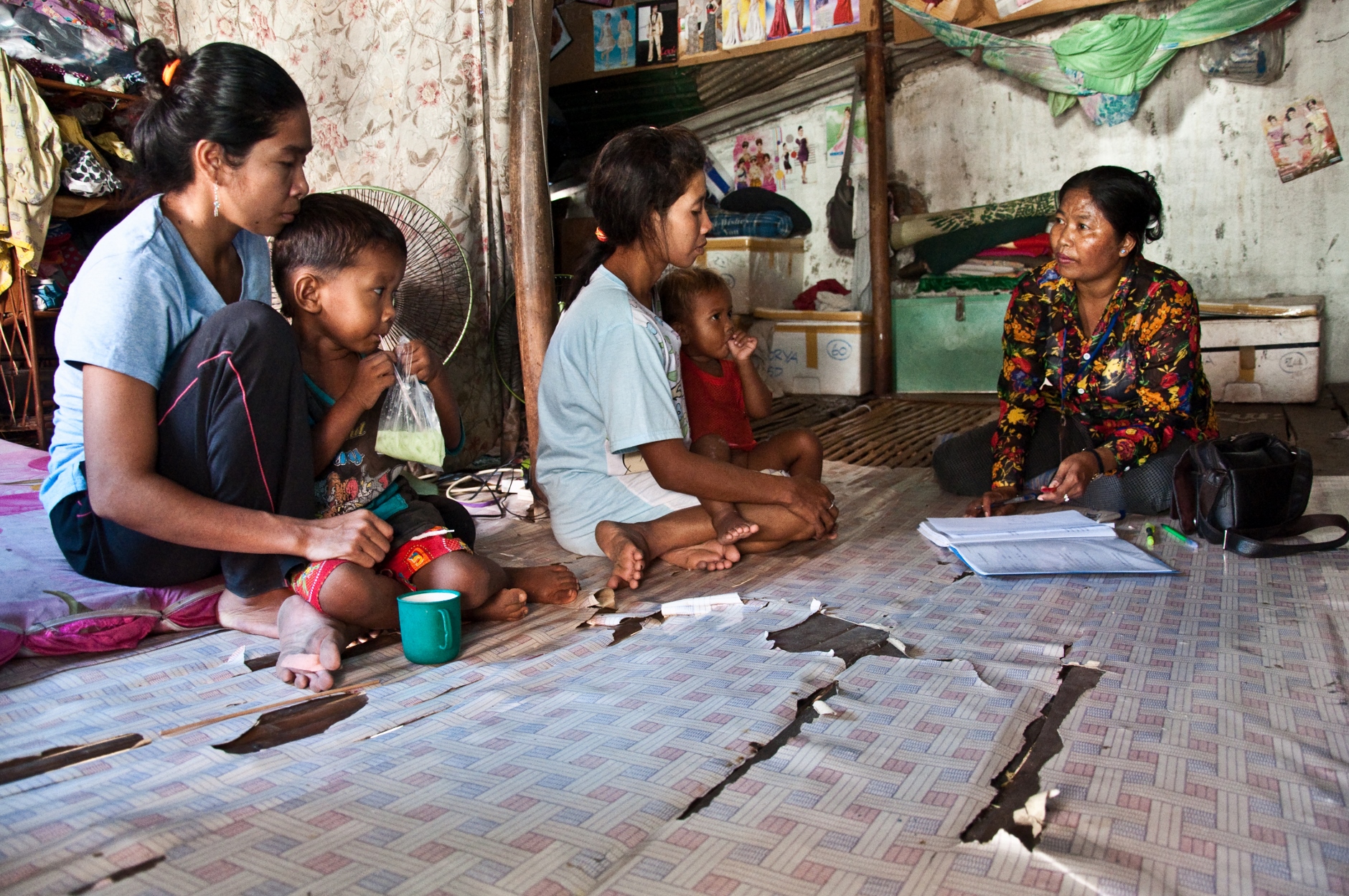City
Phnom Penh
Main actors
NGO / Philanthropy, Community / Citizen Group
Project area
Neighborhood or district
Duration
Ongoing since 2018
Tackling unsafe homes and domestic violence in informal settlements
Planète Enfants & Développment (PE&D) launched the Habitat and living conditions improvement in poor communities project in Phnom Penh in 2018, building on past collaboration with local partner Samathapeal Khnom Organization (SKO). The project aims to support residents in informal settlements by improving precarious, often dangerous, homes, developing community organisation and action, and delivering family support and training, including on domestic and gender-related violence.
PE&D works closely with local NGOs and the city government, meeting local authorities at least every six months. By developing relationships with local authorities and supporting resident groups, often through partnership working with local organisations, the project strengthens communities’ capacity to improve their living conditions, while also pushing for land rights and calling on the government to recognise the right to housing. In a context where land rights complications make it difficult to upgrade housing, the project provides residents with access to finance to carry out home improvements. It also addresses issues of gender-based violence and inequalities, themes in which PE&D specialises.
World Habitat Awards
This project was shortlisted for the 'World Habitat Awards' in 2020 in the following category: Bronze.
External links / documents
On Map
The Map will be displayed after accepting cookie policy

